KOL Marketing in China
Content:
KOLs features in China's influencer marketing
The Different Types of Key Opinions Leaders in China
Social media platforms for working with KOLs in China
How to work with KOls in China
How to Find Influencers for Your Marketing Effort in China?
Examples of popular social media influencers in China
Conclusion
FAQ
KOLs features in China's influencer marketing
The largest number of Internet users in the world is now concentrated in China. Currently, there are more than 900 million Internet users, which is 2/3 of China's population. All of these people are your potential Chinese consumers who are literally addicted to the Internet.
Not surprisingly, many Internet users of all ages have people they follow and whose opinions they trust. China's bloggers, also known as "Chinese influencers" or "Chinese KOLs" (KOL stands key opinion leader), have captured the hearts of millions of Chinese consumers who are curious about how they live, what they eat, and where they will go on their next vacation.
KOLs understand the needs of their audiences very well, thus Chinese key opinion leaders are not only popular with Chinese social media subscribers, but also with advertisers. As a result, KOL campaigns are often used by local consumer brands as well as international brands to improve brand image and visibility and drive sales. Therefore, influencers in China are successful brand ambassadors who are incredibly important to multiple brands interested in promoting in a target market.
The latest trend is to post short videos on Kuaishou and Douyin. The bloggers themselves are most often referred to as KOLs, and they are a powerful tool in the hands of someone who understands how the China market works.
For the Chinese audience, advertising with a blogger is something that is natural and even expected. In the Chinese online space, a blogger's reputation is an important component, so they are all extremely responsible about publishing posts, especially about the products they are promoting. The audience also knows this, so the credibility of Chinese KOLs is extremely high. In addition, many bloggers are really professionals in their field, so such integrations are worth trusting.
The Different Types of Key Opinions Leaders in China
The following types of Chinese KOLs can be found in China today:
Celebrities
These key opinion leaders are famous actors, singers, TV hosts, industry experts, entrepreneurs and others. Celebrities are responsible for the most effective KOL marketing in China because they tend to have the largest and most loyal subscriber bases. They rarely participate in promotions, but when they do, they have the most impact.
Expert Bloggers
Typically create and publish original content. They share life stories and inspirational moments. Their goal is to connect with subscribers on a personal level.
Most bloggers carefully review content before publishing and rarely agree to endorse a product if it does not fit their style and target audience. In most cases, they prefer to write reviews of products and services based on personal experience.
Unlike top tier influencers like Chinese celebrities, these Chinese influencers both effectively attract target audience and request less charge for their services, which make them best key opinion leaders for KOL marketing in China.
Wanghong(网红)
These are Chinese KOLs have many subscribers, but unlike bloggers, they are not content experts. Most wanghongs are known for their looks. They are fashionistas or beauty gurus who often post selfies to attract the attention of their subscribers. However, many have recently started to focus on creating original content.
Wanghongs have a huge number of subscribers, but the cost of their advertising is much lower than the cost of attracting traditional celebrities. Sometimes, the promotional impact of wanghongs is much greater than that of celebrity collaborations.
Micro-influencers
KOCs (key opinion consumers/key opinion customers) are micro KOLs and the same kind of shoppers who are busy testing something on their pages. Users like to watch such tests, therefore they often trust micro KOLs' opinion. Usually such influencers have very few subscribers, for example, on Little Red Book no more than 5 thousand.
Promotion through KOCs is cheaper, so there is an opportunity to engage several bloggers at once, thus reaching a larger audience. If a user wants to know about a new product, he or she will definitely open Little Red Book to read a review about it. Users are very trusting on reviews from micro-influencers. The average cost of a Little Red Book post by a KOL with about 5,000 subscribers is up to $500, depending on engagement.
KOLs ranked by number of subscribers
There are a total of 4 conventional divisions of Chinese KOLs by number of subscribers: they are large (from 1 million), medium (from 50 thousand to 1 million), small (from 10 thousand to 50 thousand), and microinfluencers (up to 10 thousand).
Social media platforms for working with KOLs in China
E-commerce giants such as Taobao and JD are also opening their doors to KOLs because of the exponential growth in sales, loyal customers and trust that bloggers bring to e-commerce platforms and brands.
There is a significant difference between Western and Chinese opinion leaders. In mainland China, bloggers have a more established customer service system and consider themselves experts in their field compared to opinion leaders in the West. Platforms like Little Red Book believe that 5,000 subscribers is enough to call a blogger an opinion leader. But Chinese social media platforms like WeChat or Weibo focus on higher and more meaningful numbers.
Before you decide to find a right influencer to work with, make sure you thoroughly research the social media platforms where you want to launch your KOL marketing campaign.
Today, there are many popular sites for running KOL marketing campaigns and cooperating with KOLs in China, some of which are listed below:
Brief description
One of the largest social networks in China, often compared to Twitter because of the format of posts and the presentation of material. Over 800 million people are currently registered on the social network. To enter the Chinese market, you will almost certainly need to use this platform.
Weibo is a highly visual platform, so it is important that you have high quality graphic or video content to be successful on this platform. Popular topics for businesses on this platform include tourism, beauty, fashion, and food.
KOL marketing
Thanks to its large and stable user base, KOL marketing on Weibo helps increase brand awareness and, of course, sales. Weibo reports that more than 53% of all KOL subscribers are under the age of 25. So if your company is targeting a young audience, Weibo can be one of the key platforms to promote.
The formats for working with KOLs are short sponsored posts with a visual component, video posts, or live broadcasts. However, Weibo is one of the most expensive platforms to integrate with influencers. Large bloggers charge over 60 thousand yuan per post, medium bloggers around 30 thousand yuan, and small bloggers up to 10 thousand yuan.
Brief description
It is a universal platform in China, offering all kinds of digital services: from messaging to electronic payments, from online games to food ordering. WeChat is the most popular social network in China and offers a wide range of opportunities for e-commerce, advertising and promotion. Having a page on WeChat is important for any brand that wants to advertise in China.
A social network with over one billion monthly active users is a great way to get closer to customers, build your brand and get feedback for branding or sales. WeChat has the audience with the highest spending power. 53% of users are between the ages of 25 and 30. More than 60% of the audience work in companies or are freelancers.
KOL marketing
Content published by bloggers is longer than on Weibo and usually consists of a combination of text and visuals. WeChat's KOL marketing in China is better suited for more informative content creation.
One of the unique features that WeChat offers is in-post advertising on KOL. It allows brands to place banner ads directly within the post. Brands must negotiate individually with KOL to purchase this form of collaboration on WeChat.
The most developed categories on the platform are fashion, travel, news and education. Collaboration formats include articles, reviews in article format. On average in WeChat you will have to pay from 75 thousand yuan for a collaboration with a very big blogger, for an average one - from 35 thousand yuan, small ones will take 14 thousand yuan.
Little Red Book
Brief description
Little Red Book (or Xiaohongshu), with an audience of more than 300 million active users, is one of the most trusted e-commerce platforms in China according to blogger reviews. This platform was ranked №1 in the international online shopping category. Xiaohongshu also accounts for 5.6% of the total international e-commerce market.
Like Weibo, Little Red Book's audience is predominantly young Chinese: more than 70% of the platform's audience is under the age of 30. However, unlike Weibo, Little Red Book's users generally are a niche audience, with over 80% of users being female.
Since the majority of the audience is young girls, the most popular topics on this platform are cosmetics, fashion and travel.
KOL marketing
The categories of KOLs on Little Red Book are much more diverse, depending on the type of content they share. The collaboration format on this platform is a review article with illustrations or a video review with text. Accordingly, KOLs on this platform mainly share personal stories, product reviews and live streaming.
The approximate cost of advertising on this platform from a big blogger is 70 thousand yuan, an average blogger will take 37 thousand yuan, and small bloggers will take up to 17 thousand yuan.
Douyin
Brief description
Douyin is the №1 short video platform in China. Douyin is an app for creating and sharing short videos and live streaming options . The app currently has 700 million monthly active users. 60% of the audience is under 30 years old.
Douyin offers a number of innovative ways to promote brands via Chinese influencers. Thanks to Douyin's algorithms, user generated content on the platform often goes viral. The service promotes videos of top tier influencers in China, which attracts even more attention.
KOL marketing
KOL marketing on Douyin is very similar to viral marketing, which is ideal for increasing brand awareness. In addition, Douyin cooperates with all major marketplaces in China to increase sales, and the platform has the ability to create its own native store. At the same time, it allows to conduct live streaming, during that KOLs not only can tell about your products, but also ensure selling products online. Thus, Douyin is a significant platform for social commerce.
The most popular topics on the platform are cosmetics, fashion, luxury goods and food. Collaboration formats are short videos or live broadcasts. Approximate cost of advertising on KOL: big bloggers will take about 70 thousand yuan, an average blogger will take up to 30 thousand yuan and small bloggers will take up to 15 thousand yuan.
How to work with KOls in China
Promotional posts
In this method, you pay a KOL to post content about your brand. The content plan and other materials are usually provided by the brand, and each blogger styles the content to make it unique.
Alternatively, a brand can write a WeChat article in its own style and ask the KOL to publish it on its accounts. KOL can slightly modify the content before publishing.
Contests
Contests often involve giving away gift cards, coupons or exclusive gifts through bloggers, which is a great way to generate public interest in your brand. You can ask a blogger to run promotions on their social media page and encourage even unsubscribed KOL users to enter the contest.
Note that KOLs usually charge a separate fee for sponsored content. This is because promotions require extra time, setup, promotion and, of course, selecting the winners.
Product reviews
This is a powerful form of marketing activity among KOLs in China that can increase trust in your brand or convince potential customers to buy your products. In particular, more and more users in China are watching live broadcasts of their favorite KOLs. This is currently one of the most engaging forms of advertising.
The broadcast option is now available on almost every platform. Users can make a purchase right during the streaming session by using the link from the broadcast to go to the store and buy the product the blogger is showing.
How to Find Influencers for Your Marketing Effort in China?
MCN agencies
The first and most proven way is an MCN agency. MCN means multi-channel network. There are thousands of such agencies in China, and their main goal is to attract new users to social networks and help brands and bloggers communicate with each other. Some of these agencies work as production centers and cultivate their own bloggers (AsiaKOL, HIVE).
Marketing platforms
The ParkLu service is a marketing platform aimed at a Western audience. It is a single database of the most sought-after bloggers in Chinese social networks. Here you can also find a calculator that shows the average cost of bloggers on the market.
You can also search for bloggers yourself, for example with the help of newrank.cn. It publishes lists of popular bloggers by topic and subscribers.
Independent search
You can also search for bloggers directly on social media platforms like WeChat. For example, let's take one of the most popular bloggers - Becky Lee. Go to her account, click on contact, a menu will appear where we can choose collaboration, and then an article with contacts will appear.
Not all bloggers have collaboration information that easy to find. Some have to go directly to the account or search for contacts online.
Platforms from popular social networks
The next way to find bloggers is through special platforms embedded in social networks. Take Douyin as an example. The social network's functionality includes Xingtu, a platform for collaborating with bloggers.
It works on the principle of a freelance exchange. You register on the platform, get verified, post your ad, and wait for the blogger you want to collaborate with to respond. In the general feed, you will see all the possible bloggers posted on the platform, including the number of their subscribers, views, percentage of engagement, and so on.
How to avoid working with fake KOLs in China
Furthermore, you must understand how to avoid working with a fake KOL.
When you start advertising, you should always analyze a Chinese KOL so that he or she does not turn out to be a fake and your money is not wasted. Thus, before you start a KOL campaign, you should evaluate the blogger in terms of subscribers, activity and so on.
For example, if a blogger has a million subscribers, but only 10 or less comments, you should think about the advisability of such cooperation. You can use services like Feigua.cn and Xd.newrank.cn to check this.
It is also recommended to look for clickbait in the blogger's posts. Usually big bloggers with good engagement do not practice this.
There are other signs of a real blogger. Weibo, for example, has created a handy system of identifiers - ticks of different colors. Blue means you have a corporate page, and the red tick is only given to the pages of truly influential bloggers with more than a million subscribers and good engagement.
Also, if you find Chinese KOLs, be sure to check if he or she is on other platforms. Typically, KOLs try to be present on multiple social media platforms.
Examples of popular social media influencers in China
Li Jiaqi (Austin Li)
Li Jiaqi, widely known as the "Lipstick King," is one of the top KOLs in China's beauty industry, boasting approximately 40 million followers on Douyin. Through his livestreams, Li shares beauty and cosmetic tips, focusing particularly on lipsticks.
He thoroughly evaluates and promotes different lipstick brands, offering insights into their texture, fragrance, packaging, and longevity. Li's fame skyrocketed in 2017 after a remarkable two-hour livestream on Taobao, during which he tried on an astonishing 380 lipsticks, further cementing his status as a top lipstick seller and influencer in China.
Becky Li
Becky Li, a former journalist turned top Chinese influencer, collaborates with luxury brands like Dior, Chanel, and Guerlain. With 3.2 million Weibo, 2 million WeChat, and 40 thousand Instagram followers, Li manages multiple ventures, including clothing brands, an e-commerce platform, and an online workshop.
Her impressive sales skills were evident when she sold 100 Mini Cooper cars in five minutes and completely sold out 1,200 Rebecca Minkoff bags in two days. Li's fashion brand generated 1 million RMB in just seven minutes during its WeChat debut.
Tao Liang
Tao Liang, known as Mrbags, is a highly popular Chinese influencer specializing in bags. With 5 million Weibo followers, over 800 thousand WeChat subscribers, and 47 thousand Instagram subscribers, Tao has become a sought-after figure.
His limited edition collaborations, such as the Givenchy Mini Horizon bag selling out 80 candy pink bags in 12 minutes, exemplify his influence. Starting as a candid blog during his studies at Columbia University, Tao's Weibo and WeChat platforms have evolved into go-to shopping guides for Chinese consumers seeking quality handbags.
Anny Fan
Anny Fan, a leading influencer in China with 5.5 million Weibo followers, represents luxury brands like Chanel, Hermès, Louis Vuitton, and Prada.
She advises Western brands on entering the competitive Chinese market, leveraging her e-commerce expertise.
Papi
Papi, a renowned Chinese blogger, has achieved remarkable success in the realm of video blogging. Moreover, she has leveraged her expertise to establish the Papitube agency, which provides support to fellow bloggers in areas such as promotion, equipment, and connecting with advertisers.
Notably, in 2016, Papi secured a significant $2 million investment to further develop her agency, showcasing her entrepreneurial prowess and dedication to the blogging community.
Conclusion
At present, global promotion through bloggers is one of the most effective promotion methods in the Chinese Internet space. Thus, as the China KOL market is actively growing, the China KOL marketing is not only not an exception, but in many ways even ahead of other countries.
In this country, the KOL marketing industry is at a very high level of development, which is confirmed not only by the huge number of bloggers and opinion leaders on absolutely different topics, but also by the high quality of services created to work with appropriate KOLs.
If your company is interested in developing KOL marketing strategy and improving marketing plans to increase sales in China, contact China Digital Marketing Agency, we have a lot of experience in influencer marketing and helping brands gain exposure by implementing KOL strategies and other methods relevant to the Chinese market.
FAQ
-
What is the purpose of a key opinion leader in a marketing campaign?
The purpose of including key opinion leaders in a marketing campaign is to leverage their influence, credibility, and audience reach to effectively promote products or services, shape brand perceptions, and drive consumer engagement and purchasing decisions.
-
Why are key opinion leaders popular in China?
Key opinion leaders have gained immense popularity in China due to their ability to effectively leverage Chinese social media and their authentic and relatable content that resonates with ordinary buyers as well as sophisticated shoppers.
KOLs serve as trusted sources of information, influencers, and trendsetters, playing a crucial role in shaping consumer preferences, promoting products, and facilitating brand engagement. Their influential presence, coupled with China's dynamic digital landscape and the desire for social validation, has propelled the widespread popularity of key opinion leaders in the country.
-
What is the difference between key opinion leader and key opinion consumer?
The difference between KOLs and KOCs lies in their roles and influence. A KOL is an influential individual who shapes opinions in a specific field, often through digital platforms, while a KOC is an everyday consumer who influences their social network. KOLs in China have broader impact and expertise, while KOCs influence within their immediate circles.
-
How to find a right KOL?
Finding appropriate key opinion leaders in China involves a strategic approach to identify individuals who align with your brand's objectives and target audience. Start by defining your campaign goals and target market, then conduct thorough research to identify KOLs who possess expertise and credibility in relevant domains.
Utilize social media platforms, industry directories, and specialized agencies to discover potential candidates. Evaluate KOLs based on their audience demographics, engagement metrics, content quality, and brand collaborations.
Analyze their authenticity, reputation, and alignment with your brand values. Consider factors such as reach, influence, and the ability to drive desired actions among their followers.
Through a comprehensive assessment process, you can find the right KOLs who will effectively amplify your brand message and resonate with your target audience.
-
Where can I find social media influencers?
There are many digital platforms where you can find the right KOL for your KOL marketing campaigns in China. It is possible to work with MCN agencies, special platforms provided by Chinese social media like Weibo, contact KOLs directly for example in WeChat, etc.
Besides, you should know that there are niche platforms in China to work with KOLs in special topics such as fashion and clothing (Little Red Book) or gaming and technology (Bilibili).
SIMILAR ARTICLES
Tell us about your Project
TURKEY, ISTANBUL
Сaferağa Mah.General Asim Gündüz Cad.no:62 iç kapı no:5 kadıköy / İstanbul / turkey
Tel.:+90 (534) 215 69 76
About us
The team of China Digital Marketing Agency offers all-round marketing and online brand promotion in China.
Meet us Chinese version Site mapSERVICES:
DEVELOPMENT
Website Mobile apps ICP license Hosting in China Domain registration in ChinaSMM
Promotion on social media WeChat Weibo Douyin Youku BilibiliCONSULTING
Marketing Research in ChinaAdvertising in Baidu
Contextual advertising SEO promotionChinese tourists
Infrastructure preparation and attracting tourists from ChinaMini programs in WeChat
Development, design and promotion Enabling WeChat Pay Enabling AlipayContacts
We process your applications 24/7.
© 2018-2024 China Digital Marketing Agency Terms of Use | Privacy Policy






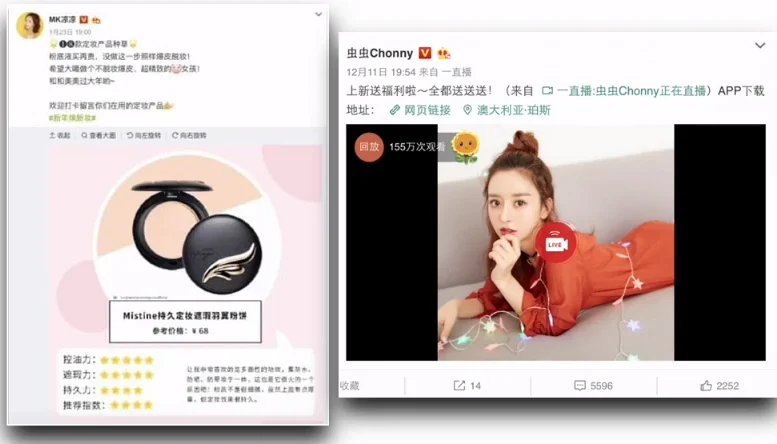
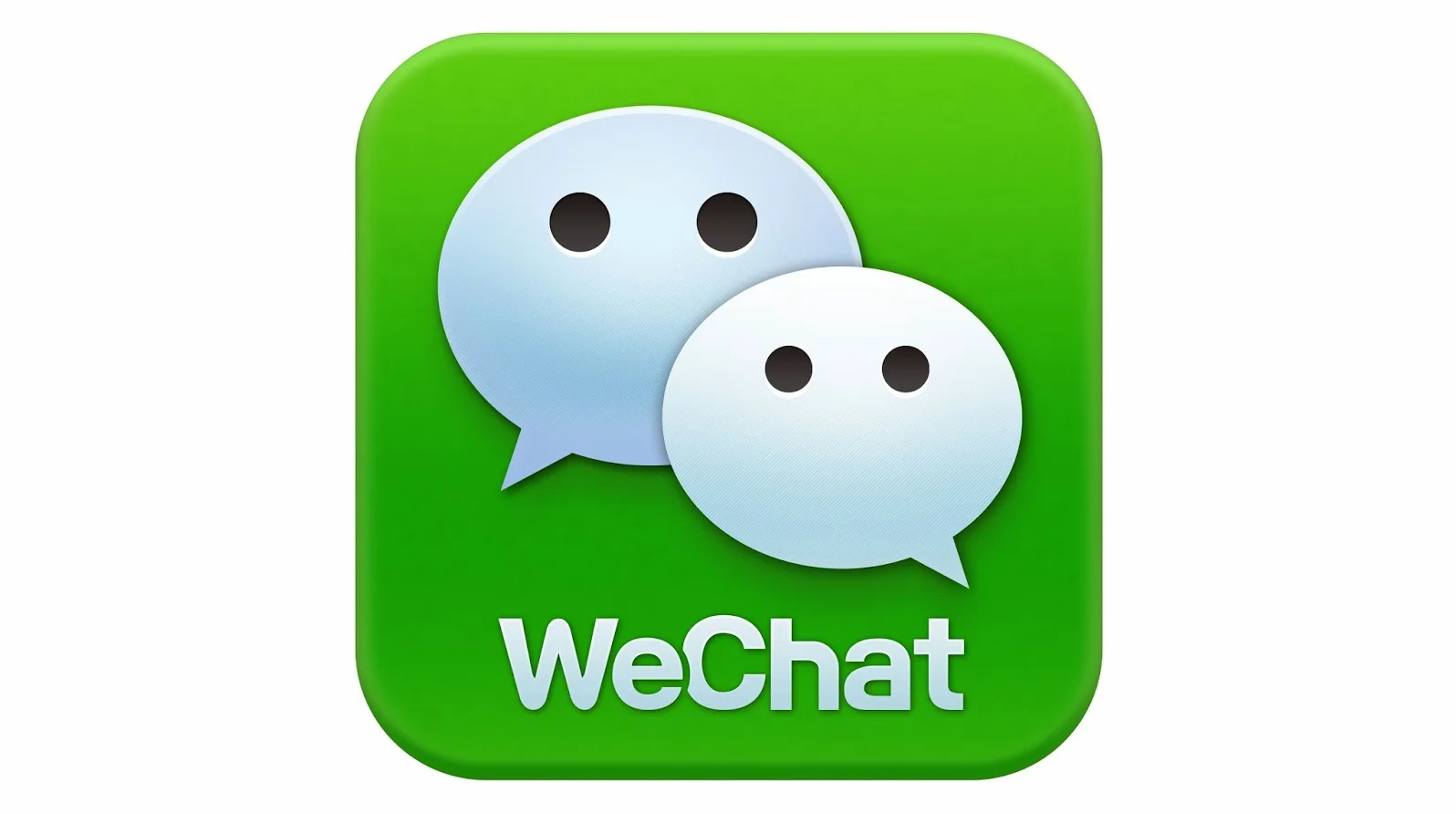






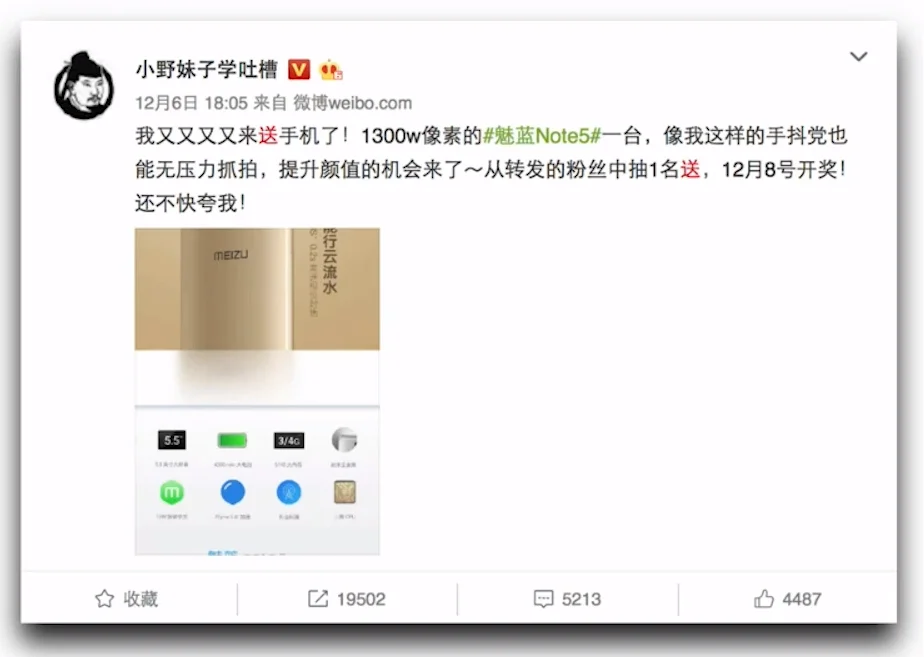





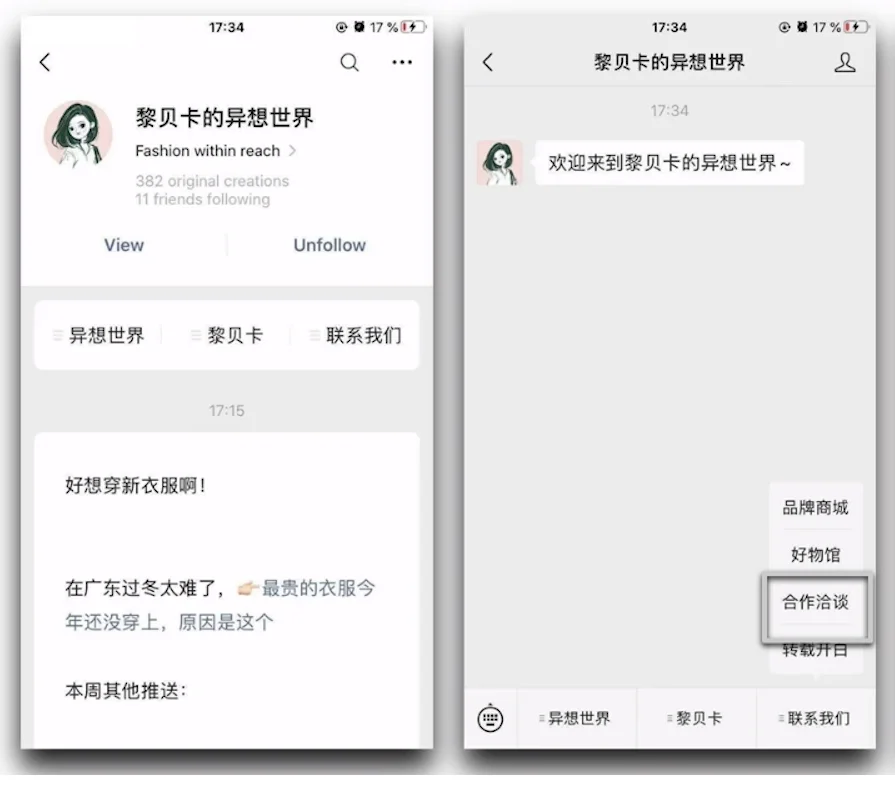

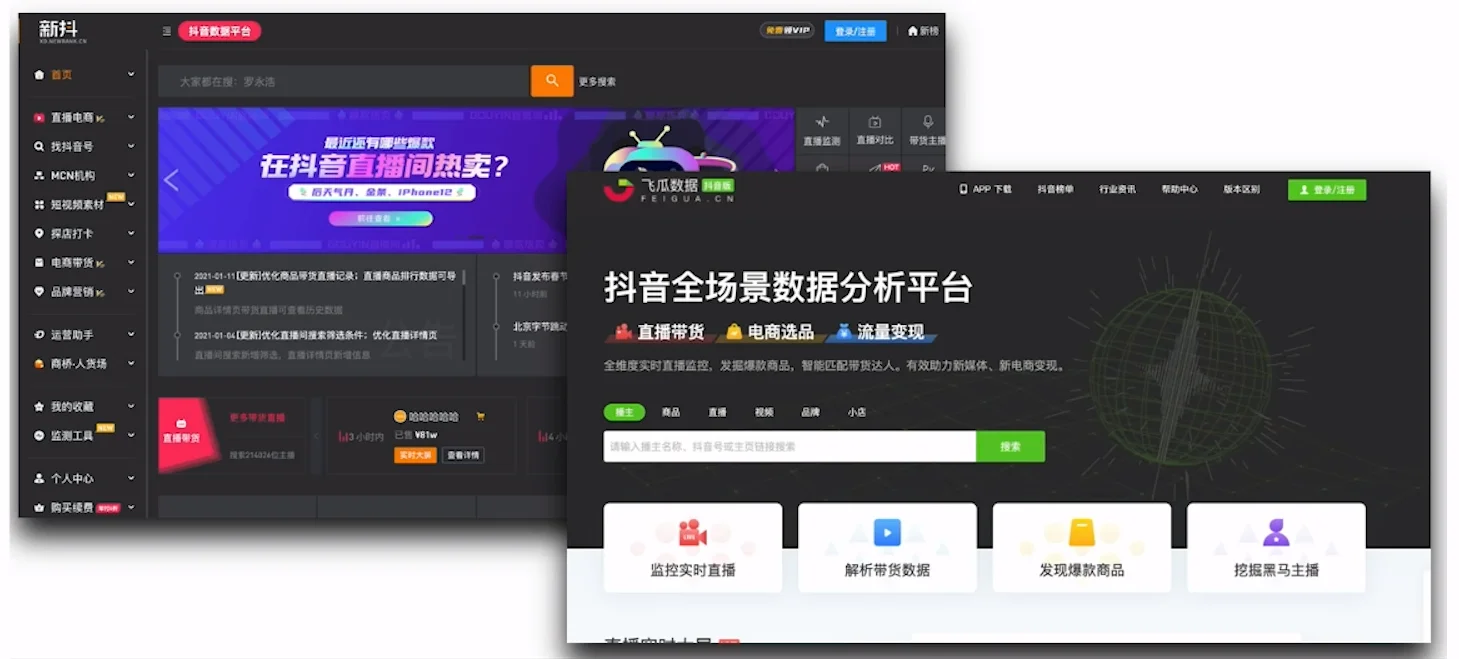









www.cheapseo.services/one-time-seo-package-plans-include/